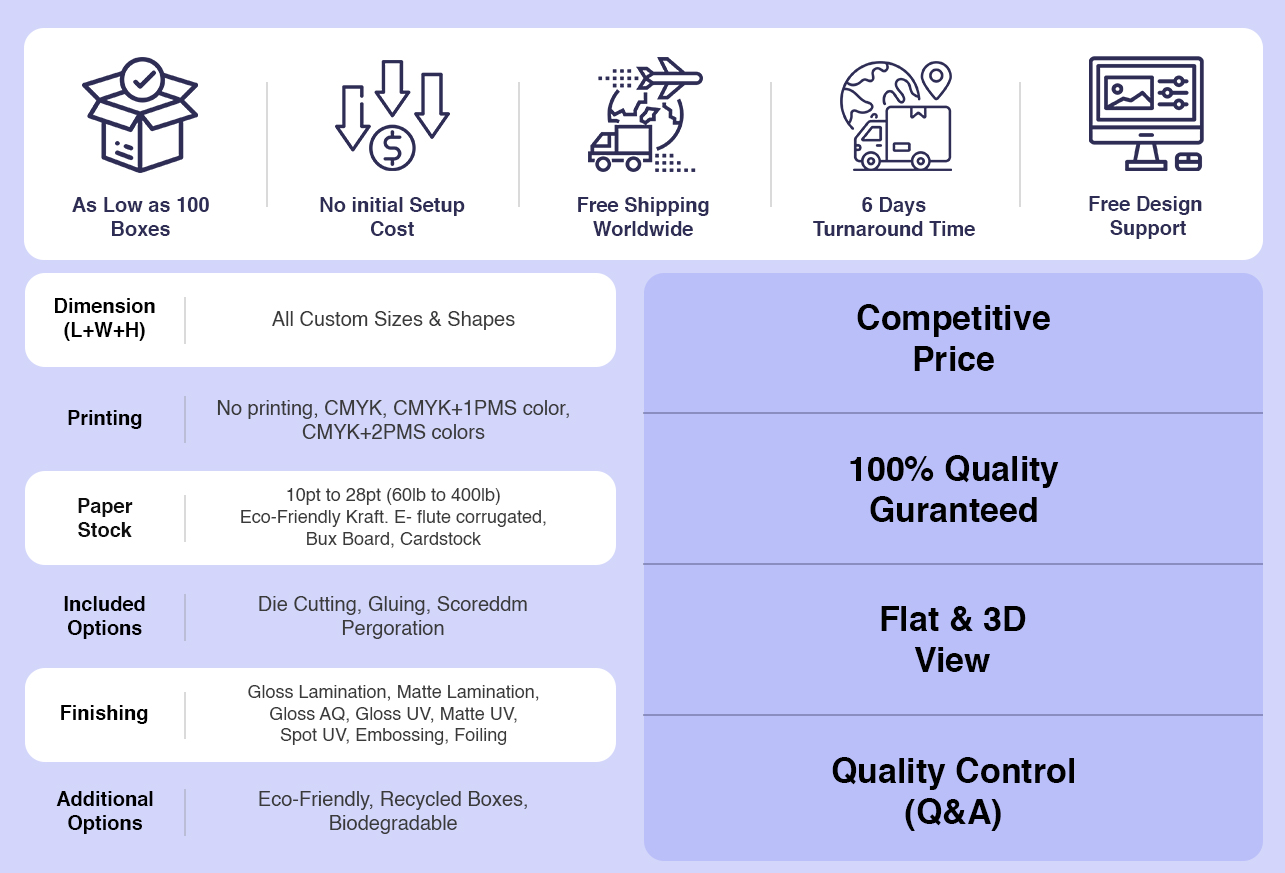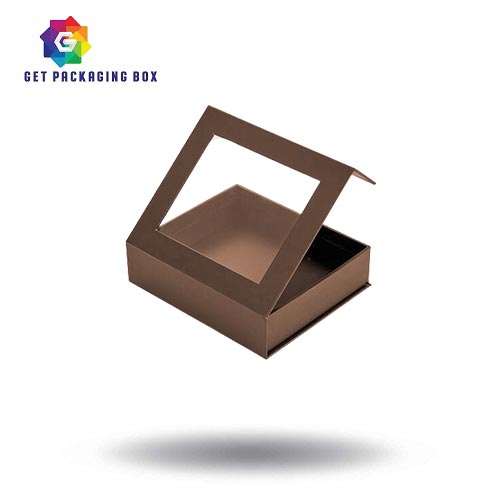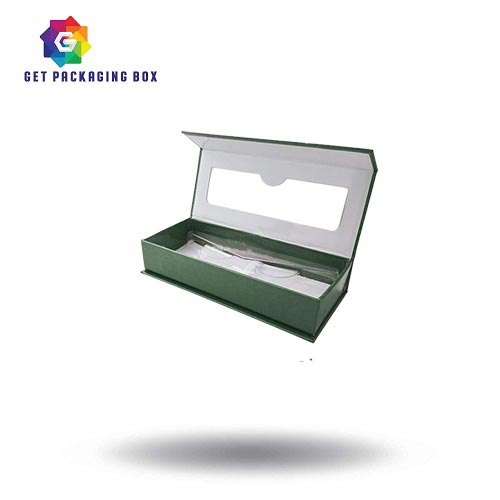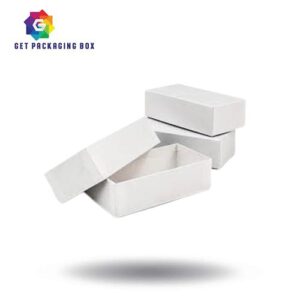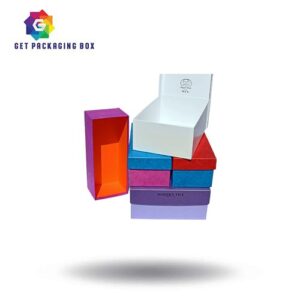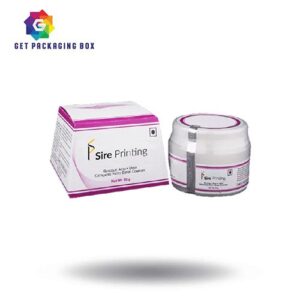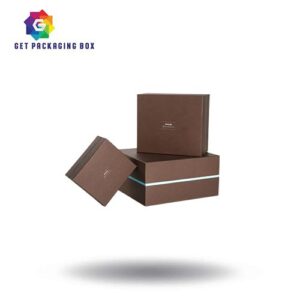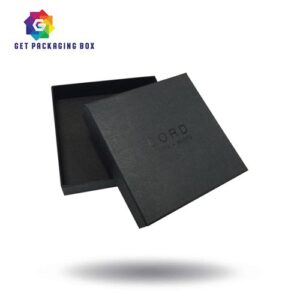Partial Cover Lid Rigid Boxes
QUICK CONTACT / QUOTE
Custom job? Need Sample? We Love to Hear from You!
Partial Cover Lid Rigid Boxes
If you are repairing or building a rigid box, you may want to consider a partial cover lid. This is a simple piece that allows you to create a waterproof seal. These pieces are available in a variety of sizes and come with a Teflon backing for durability.
Parts of the box body
The container shown in Figure 5a comprises two portions of corrugated paper board. A central divider (not shown) serves to prevent the container from being crushed. The box part is a tad smaller than the divider but still has a substantial footprint. The lid is a flexible sheet of heavyweight paper with laminated veneer. A tag for the bottle is also included.
A top view of the box part shows the lid in its closed state. The lid is positioned on the rear wall of the box part. This allows for an articulation line 33 that connects the lid to the base wall of the box part. The top flaps of the box can be flipped over into the interior of the box. This makes the lid easy to reach and open without bending the box.
The box itself has a curved surface, which adds to its strength. The lid is likewise a bit of a chamfer or bevel along the entire length. The box itself also has a few other features.
Parts of the lid
A rigid box comprises a lid and a base. The lid is constructed from a sheet of plastic material heated over a vacuum mold. This material then cools and hardens. The final product is a rigid box that can be closed. The base is usually made of paperboard. These boxes can have several features and variations. These include hinged, magnetic, and ribbon pulls. The base can have collapsible sides and panels. These boxes can also be constructed in a variety of styles. These types of boxes are used in a variety of retail environments.
A rigid box also has a collar that projects out of the top of the box part. The collar can be made from a separate blank or as a part of the main box portion. This collar can be formed from a piece of corrugated paper board. It is generally positioned under the DC tray. It serves to provide extra support for the lid.
Installation
Partial cover lid rigid boxes are an alternative to folding cartons. The box is constructed from either a rigid board or a corrugated board. A locking mechanism is also included. The locking mechanism is necessary to prevent the rigid box from being opened or removed without authorization. The lock also secures the interior of the box.
The partial cover lid rigid box comprises a rigid cover that is fixed to the frame. The cover can be made of a wide range of materials, including paperboard, corrugated board, polypropylene, and other synthetic laminar material. It may be secured to the base by various methods, including collapsing, folding tabs, ribbon pulls, or collapsible handles. The cover can be mounted to the rigid base via mounting holes. The mounting holes are located at a lower section of the box.
A hinged sleeve is created on the cover. The sleeve acts as a closure device to limit the amount of distortion caused by the contents of the box.
Water pockets on the film cover
The film cover of rigid partial cover lid boxes is a highly abrasive material that is susceptible to leaking around the valve or seam splitting. This problem is avoided by the use of a truncated hollow cone-shaped projection on the interior of the lid. These projections are integrally joined to the base of the container and extend upwardly. This prevents ice from freezing and water from flowing out of the cover. It also makes the removal of ice easier.
The cone-shaped projections are made of a material that is resistant to damage due to ice expansion. The tapered surfaces of the cone-shaped projections make them effective at holding ice against the sides of the container and at acting against the tapered surfaces of the container’s cover. In addition, these tapered surfaces prevent abrasive wear on the container. They also contribute to the ease of removing ice from the container.
Moreover, the truncated hollow cone-shaped projects are fabricated from a material that has a long useful operating life. These structures also prevent the bowing of the container walls or elongated side walls. They eliminate the need for additional support methods such as cover loops or permanent anchoring systems.
